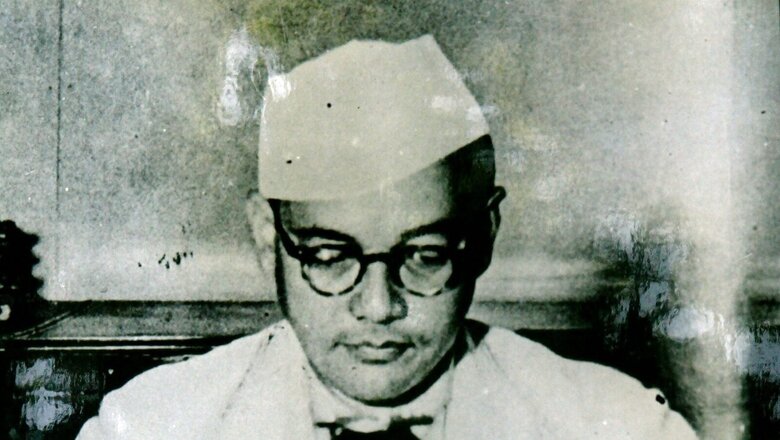
views
January 23, which marks the birth anniversary of Netaji Subhas Chandra Bose, is being observed as ‘Parakram Diwas’ (Bravery Day). Undoubtedly, Bose, the former Prime Minister of the Azad Hind government or Provisional Government of Free India, is the ultimate symbol of parakram (bravery) in the entire period of India’s freedom struggle. He had declared that the task of the Provisional Government was to “conduct the struggle that will bring about the expulsion of the British and their allies from the soil of India.” These words of Netaji shook the entire British administration.
Bose, who believed that armed struggle was the only way to achieve independence for India, gave a clarion call ‘Tum Mujhe Khoon Do, Main Tumhe Azadi Dunga (Give me blood, I will give you independence). The supreme commander of the Indian National Army (INA) had exhorted his soldiers with the battle cry – Deli Chalo (March to Delhi). “With the force of arms and at the cost of your blood you will have to win liberty,” Bose had told INA soldiers in Singapore. Immediately after the formation of the Azad Hind government in 1943, the INA – led by Bose – had declared war against Allied forces on the Indo-Burma Front.
In July 1944, the INA went into action against British Indian Army in the Imphal-Kohima sector and reached the salient Moirang town by breaching the British defences before making a retreat. Even as the INA could not succeed in the direct war against the British, it had kindled a sense of nationalism among the soldiers of the British Indian Forces.
RIN Mutiny
The stories of Subhas Chandra Bose and INA’s fight during the battle of Imphal and Burma were seeping into the glaring public eye. It was against that backdrop, the RIN (Royal Indian Navy) mutiny took place in February 1946. From the initial flashpoint in Bombay, the revolt spread to Karachi, Calcutta, Kochi and Vishakhapatnam. As many as 20,000 sailors of the Royal Indian Navy – in 78 ships and 20 shore establishments – joined the mutiny. Holding the portrait of Netaji and raising ‘Jai Hind’ and other INA slogans, the sailors brought down the Union Jack and hoisted the Indian tricolour. There was similar resistance in the British Indian Army and Royal Indian Air Force, thanks to the influence of Bose. The brave soldiers of the British Indian forces had demonstrated to the British that instead of serving them, they would rise in the defence of Mother India. This had set the alarm bell ringing from Delhi to London. This was when the British realised that the revolt in Indian forces was something that they could not handle as they were sitting on the brink of a volcano waiting to erupt at any moment. It was under these circumstances the British decided to leave India.
Ambedkar’s BBC Interview
Babasaheb Bhimrao Ambedkar, in his 1955 interview with the BBC Correspondent Francis Watson had said, “There are two things which led to the Labour Party (government) to take this decision (to free India). One is the Indian National Army, raised by Subhas Chandra Bose. The British had been ruling the country in the firm belief that whatever may happen in the country or whatever the politicians do, they will never be able to change the loyalty of soldiers. That was one prop on which they were carrying on the administration. That was completely dashed to pieces when they found that even the soldiers were being seduced to form a battalion to blow off the British.”
Ambedkar further said, “…the British came to the conclusion that if they were to rule India, the only basis on which they could rule was the maintenance of the British Amy.”
“Going back to the year 1857 when the British Indian soldiers rebelled against the East Indian Company, they found that it would never be possible for the British to supply India enough European troops to keep their hold on it,” he had said.
IB’s Secret Report
Sir Norman Smith, Director of the Intelligence Bureau in British India, had noted in a secret report in 1945, “The situation in respect of the Indian National Army is one which warrants disquiet. There has seldom been a matter which has attracted so much Indian public interest and it is safe to say, sympathy… the threat to the security of the Indian Army is one which it would be unwise to ignore.”
Attlee’s Confession
Clement Attlee, who was the British prime minister when India had attained independence, was on a visit to Kolkata when Justice Phani Bhusan Chakraborti, the then Chief Justice of Calcutta High Court, was the acting Governor of West Bengal. When Justice Chakraborti asked Attlee that even as the Quit India Movement “practically died out long before 1947” and “there was nothing in Indian situation at that time” which made it necessary for the British to leave India, what was the tearing hurry in 1947 that they had decided to leave the country”, the former British Premier replied, “the INA activities of Netaji Subhas Chandra Bose, which weakened the very foundation of the British Empire in India and the RIN Mutiny which made the British realise that the Indian armed forces could no longer be trusted to prop up the British.”
When Justice Chakraborti asked Attlee that to which extent the Britishers’ decision to leave India was influenced by Mahatma Gandhi’s call for Quit India, the former British prime minister, with a smile of disdain, had replied “m-i-n-i-m-a-l.”
Post-script
Therefore, this can be concluded that even as the contribution of Mahatma Gandhi’s Non-Cooperation Movement can’t be ignored, Netaji certainly made the most paramount impact on the British to leave India. Today, when Bose’s statue stands tall inside the canopy at India Gate – where British King George V’s statue was once housed – thanks to Prime Minister Narendra Modi, the maximal contribution of Netaji in India’s independence struggle is truly orientalised.
The writer is a multimedia journalist having 17 years of experience, with 10 years in senior editorial positions. Views expressed are personal.
Read all the Latest Opinions here











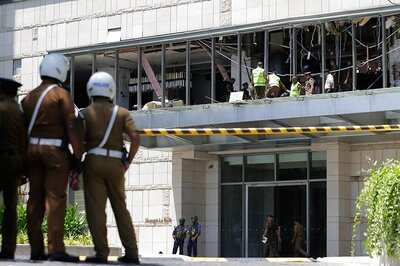
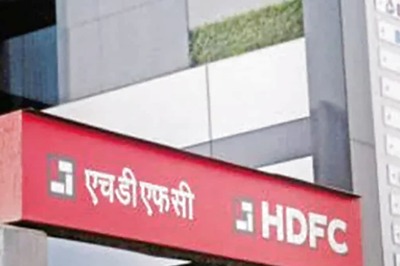
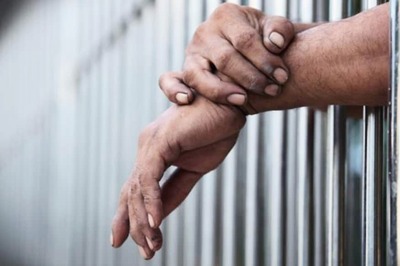



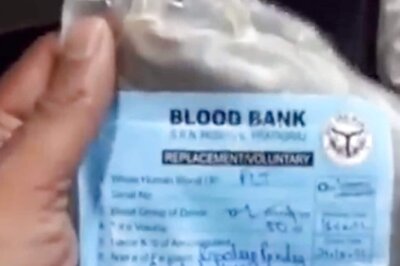
Comments
0 comment